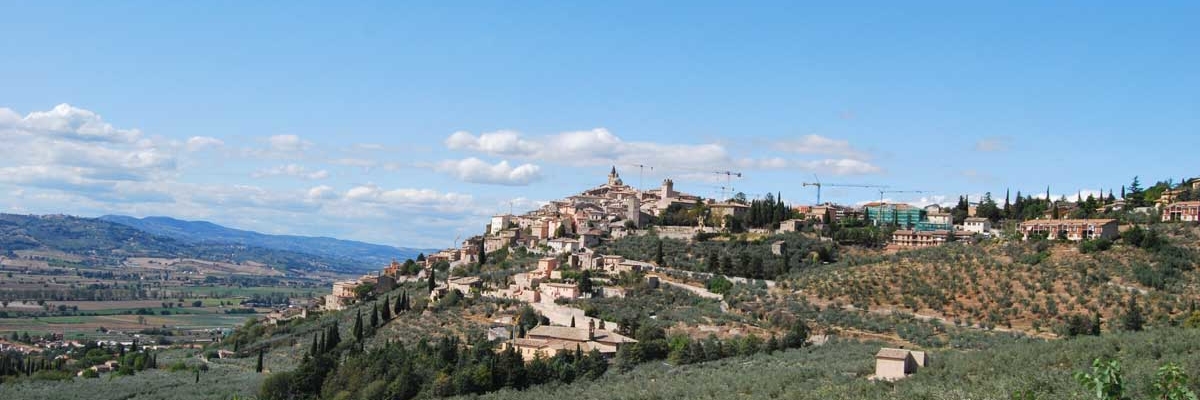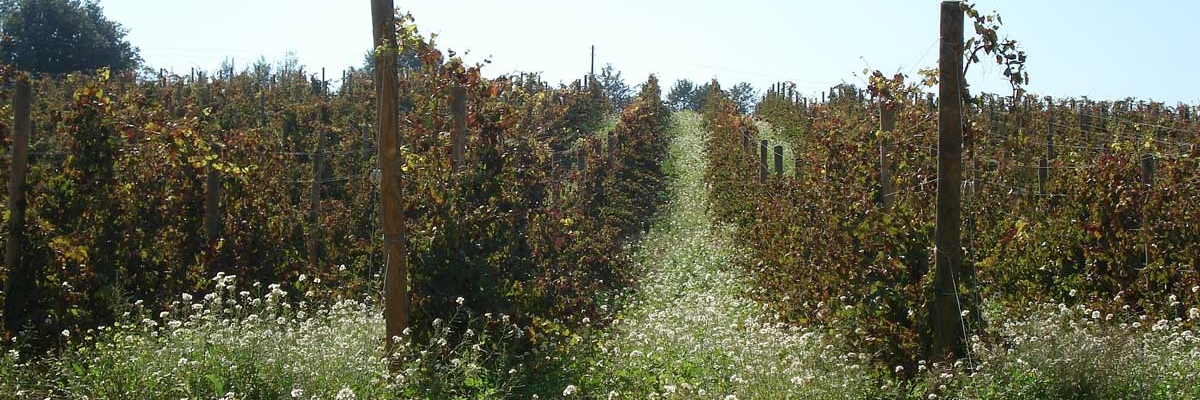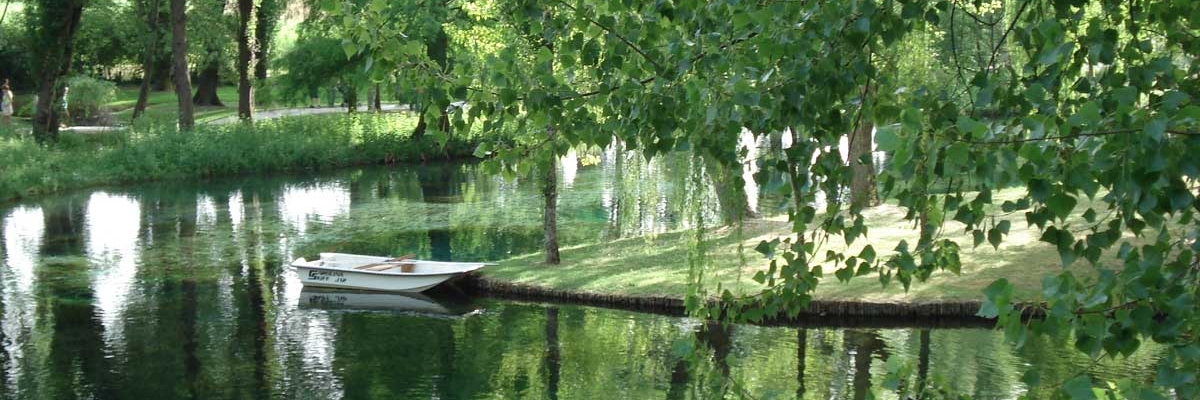UMBRIA
Ever-changing, untouched landscapes in the green of winding valleys make Umbria a region that will never fail to amaze. This region comprises mainly hills, mountains, hollows and plains and extends along the Tiber’s central basin.
It includes Lake Trasimeno, central Italy’s largest lake. The area still has the remains of Etruscan settlements, particularly around Castiglione del Lago, where the loveliness of the natural landscape combines with the romanticism and stillness of the lake. Moving on from the two lakes, we come to the Cascate delle Marmore waterfalls near Terni, some of the most beautiful in Europe.
The waters dive into the River Nera with a spectacular 165 m (541 ft) drop, and are surrounded by lush vegetation. This is the spot for sports lovers who enjoy canoeing, kayaking, and not only. ****
Then Spoleto, a picturesque town that boasts a thousand-year-old history, still preserves images from the past in its Medieval and Renaissance architecture.
Its stone lanes and its most famous monuments are the setting for international cultural events, such as the Festival of the Two Worlds, a wonderful occasion for enjoying a high-quality artistic atmosphere.
Between art and spirituality, a visit to the Medieval town of Assisi is essential; it represents “a series of masterpieces of man‘s creative spirit.” Everything revolves around its most renowned citizen, St. Francis, Patron Saint of Italy.
In the province of Terni you have to visit Orvieto, with its famous Duomo, one of the masterpieces of Italian Gothic art, and St. Patrick’s Well, a 62-meter-deep (203 feet) feat of engineering characterized by two spiral staircases that wind around the well (yet never meet), with 248 steps down to the water.
The charm of Umbria derives from its fusion of art, nature, peace and calm, the inspirations behind its various localities that comprise Renaissance masterpieces and small Medieval towns embedded in the hills: Trevi, Spello, Bevagna.
The provinces of the region are Perugia (regional capital) and Terni.
Source: http://www.italia.it (Creative Commons 4.0 – Some rights reserved)


